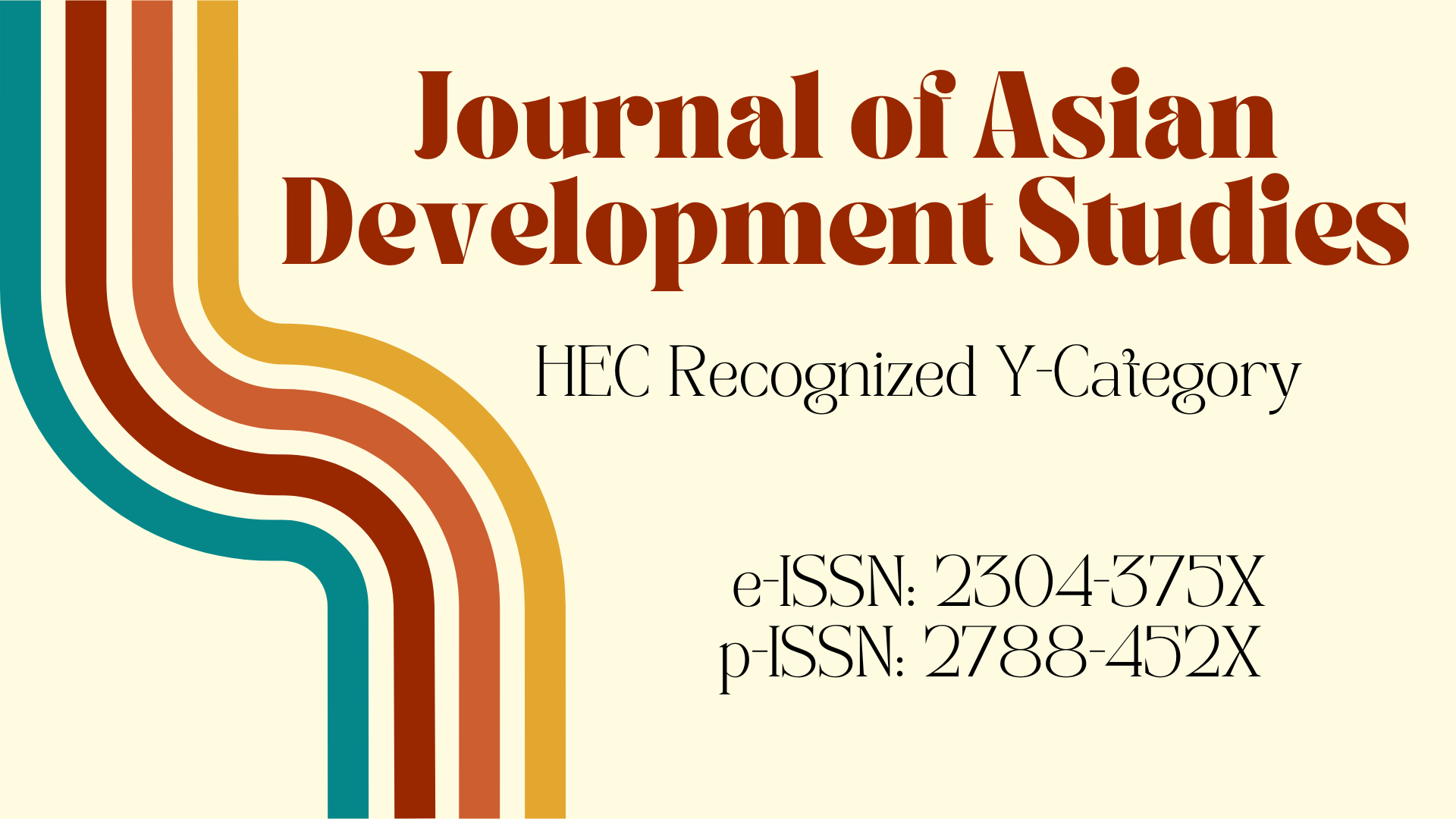Material Mechanics and Circular Economy: Study of Compressive Strength of Concrete Incorporating Molasses Waste as an Environment Friendly Replacement for Cement
DOI:
https://doi.org/10.62345/jads.2025.14.1.10Keywords:
Manufacturing, Molasses Waste, Cement IndustryAbstract
The project aimed to determine whether molasses waste, a byproduct of sugar manufacturing, could replace cement in concrete sustainably and economically. The study concentrated on analyzing concrete specimens' performance at various curing ages and measuring the compressive strength of those specimens with varying molasses waste replacement percentages. Six samples were cast for each replacement ratio for compression tests, and compression tests were carried out on two samples at 7 days, 14 days, and 28 days. Replacement ratios of 0.25%, 0.5%, 0.6%, 0.75%, 1%, and 2% were considered. Notably, the average compressive strength significantly increased to 40 MPa with adding molasses waste at a replacement ratio of 0.25%, demonstrating a beneficial effect on strength improvement. The average compressive strength dropped somewhat, with a value of 38 MPa at 28 days, when the replacement ratio rose to 0.5%. A replacement ratio of 0.6%, on the other hand, revealed a significant drop in average compressive strength to 17.17 MPa, indicating a detrimental impact on strength development. Future study recommendations from the experiment include examining how variables like the water-to-cement ratio and curing circumstances affect the performance of molasses waste in concrete. To evaluate the long-term durability characteristics and financial viability of using molasses waste as a cement substitute, cost-benefit assessments and long-term durability studies are also advised.
Downloads
Downloads
Published
Issue
Section
License

This work is licensed under a Creative Commons Attribution 4.0 International License.
License Terms
All articles published by Centre for Research on Poverty and Attitude are made immediately available worldwide under an open access license. This means:
- everyone has free and unlimited access to the full-text of all articles published in Centre for Research on Poverty and Attitude's journals;
- everyone is free to re-use the published material if proper accreditation/citation of the original publication is given.




